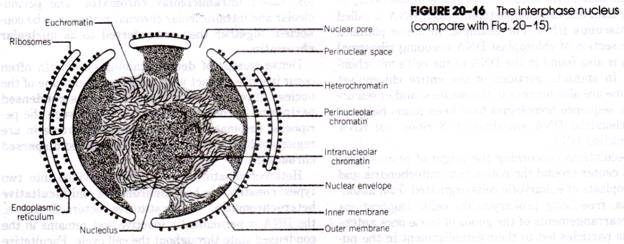ADVERTISEMENTS:
Experimental Preparation of Temporary Mounts of an Onion Peel !
Experiment:
Objective:
To prepare a stained temporary mount of an onion peel and to record observations and draw labeled diagrams.
Apparatus and materials required:
An onion, glass slide, watch glass, coverslip, forceps, needles, brush, blade, filter paper, safranin, glycerine, dropper, water, and a compound microscope.
Theory:
ADVERTISEMENTS:
All living organisms are made up of cells. The shape, size and the number of these units vary in organisms. The three major components of a cell are the cell membrane, cytoplasm and nucleus. In a plant cell, a cell wall surrounds the cell membrane.
Procedure:
1. Take an onion and remove its outermost peel.
2. Now cut a small part from an inner scale leaf with the help of a blade.
3. Separate a thin, transparent peel from the convex surface of the scale leaf with the help of forceps.
ADVERTISEMENTS:
4. Keep this peel in a watch glass containing water?
5. Add two drops of safranin stain in the watch glass to stain the peel.
6. Take a clean slide and put a drop of glycerine in the centre of the slide.
7. With the help of a brush and needle transfer the peel on the slide. Glycerine prevents the peel from drying up.
8. Carefully cover it with a coverslip and avoid any air bubble from entering interring the coverslip.
9. Remove any excessive glycerine with a filter paper.
10. Observe the prepared mount of the peel under the low and high magnification of a compound microscope.
Observations:
A large number of rectangular cells are visible. These cells lie close to each other with intercellular spaces between them. These cells are surrounded by distinct cell walls. These cells have a dark stained nucleus and a large vacuole in the centre.
Precautions:
1. Overstaining and understaining should be avoided.
ADVERTISEMENTS:
2. Folding of the peel should be avoided.
3. Clean and dry glass slide and coverslip should be used.
4. Coverslip should be put carefully avoiding any air bubbles.
Experiment 1.2:
Objective:
To prepare a stained temporary mount of human cheek cells and to record observations and draw labelled diagrams
Apparatus and materials required:
ADVERTISEMENTS:
Toothpick, slide, coverslip, filter paper, needles, brush, watch glass, methylene blue, dropper, glycerin, water and a compound microscope
Theory:
Animal cells are usually irregular in shape. They do not have a cell wall. They are surrounded by a cell membrane and contain cytoplasm and nucleus.
Procedure:
1. With the help of the flat end of a washed toothpick gently scrape the inside of your cheek.
ADVERTISEMENTS:
2. Place the scrapings in the centre of a clean glass slide.
3. Add a drop of water arid a drop of methylene blue.
4. After one minute remove the extra water mixed with methylene blue by slightly tilting the slide.
5. Put a drop of glycerine over the stained scrapings and cover it gently with a coverslip.
ADVERTISEMENTS:
6. Remove the excessive glycerine using filter paper.
7. Observe the scrapings under the low and high magnifications of a microscope.
Observations:
Many flat, oval or irregular cells are seen. The cell membrane encloses hyaline cytoplasm and an oval, dense nucleus. The cell wall is absent as in all animal cells.
Precautions:
1. The cheeks should be scraped gently avoiding any injury.
2. Over-staining and under-staining of the cells should be avoided.
ADVERTISEMENTS:
3. Coverslip should be placed carefully avoiding the entry of air bubbles.
4. A dry and clean glass slide and coverslip should be used.
5. The cheek cells should be spread properly to avoid their folding.


